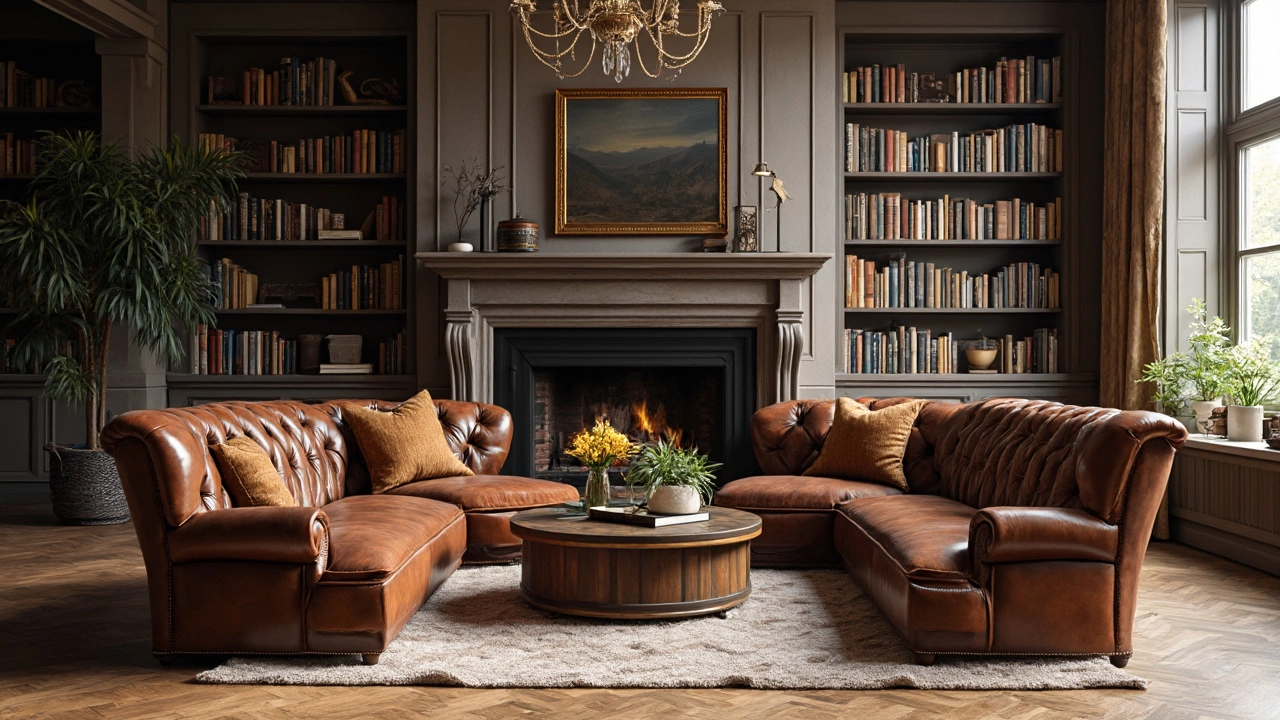Couch Investment: Make Your Sofa Work for You
Think a sofa is just a place to flop after work? It can actually be a solid investment if you pick the right piece and look after it. A well‑chosen couch lasts years, keeps its look, and can even fetch a decent price when you decide to upgrade. Below are the practical steps that turn a comfy seat into a smart purchase.
Pick the Right Build
The foundation of any long‑lasting couch is the frame. Hardwood – especially kiln‑dried oak, maple or ash – resists warping and holds weight better than particle board. Look for mortise‑and‑tenon joints; they’re a sign the builder meant for the sofa to survive. Next, check the springs. Sinuous spring coils give firm, even support, while eight‑hour springs add extra bounce. For the cushions, high‑density foam topped with a layer of feather or down blend offers comfort now and shape retention later. Leather and tightly woven fabrics like twill or performance microfiber also stand up to kids, pets, and everyday wear.
Boost Resale and Longevity
Maintenance is where most owners lose out on value. A quick weekly vacuum keeps dust from grinding into the fibers. Spot‑clean spills with a damp cloth and mild soap – avoid harsh chemicals that can fade color. If you have leather, apply a conditioner every few months to stop cracks. Rotate cushions weekly to even out wear, and flip any reversible cushions. When the couch shows minor scratches, a simple wood filler or fabric repair kit can make it look new again. Keeping the original parts, like legs or arm caps, also helps when you later sell or trade the piece.
Another trick is to choose a timeless style. Classic shapes – a clean‑line Chesterfield, a low‑profile sectional, or a simple double‑seat – stay in demand longer than ultra‑trendy designs. Neutral colors such as gray, beige or deep navy blend with most décor, making the couch easier to match and more appealing to buyers. If you love a bold hue, consider a custom slipcover that you can swap out when the market shifts.
Finally, think about sustainability. Eco‑friendly manufacturers often use recycled wood, low‑VOC finishes, and responsibly sourced fabrics. Buyers today appreciate greener options and may pay a premium for a couch that’s both durable and ethical. When you purchase from a brand with a clear warranty, you also get proof of quality that reassures resale prospects.
In short, treat your couch like any other long‑term asset: research the build, protect the finish, and stay on‑trend without chasing fads. With these habits, your sofa won’t just survive – it’ll add value to your home and your wallet for years to come.
Do Expensive Couches Really Stand the Test of Time?
Ever wondered if splurging on an expensive couch is worth it in the long run? This article explores whether pricier sofas actually last longer and provide better value. It digs into factors like materials, construction, and brand reputation. We share tips for choosing a durable couch regardless of price and highlight common pitfalls to avoid when shopping. Get the insights you need to make a smart investment in your living room furniture.
More
